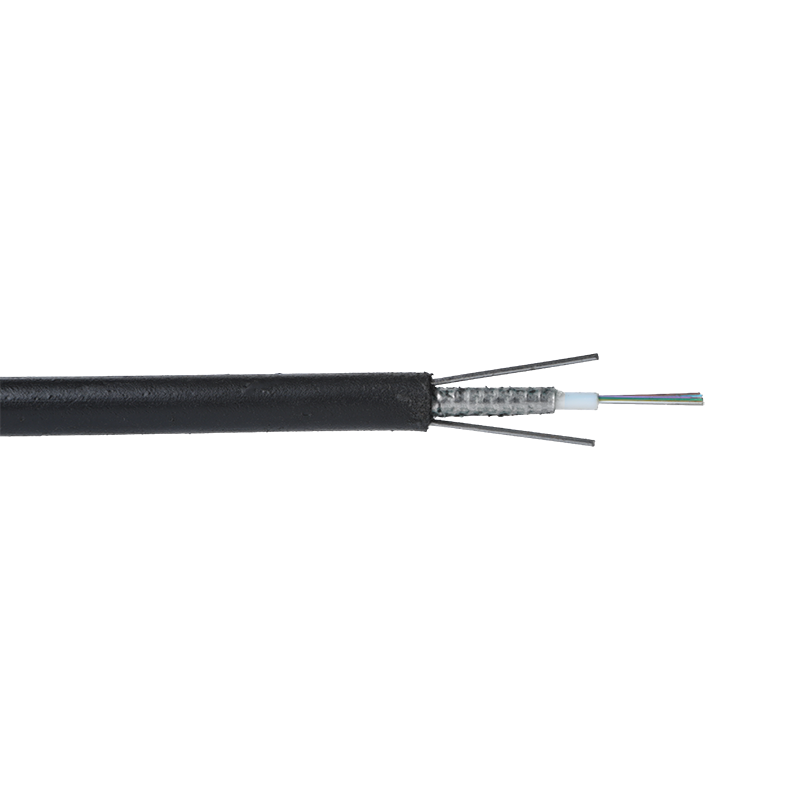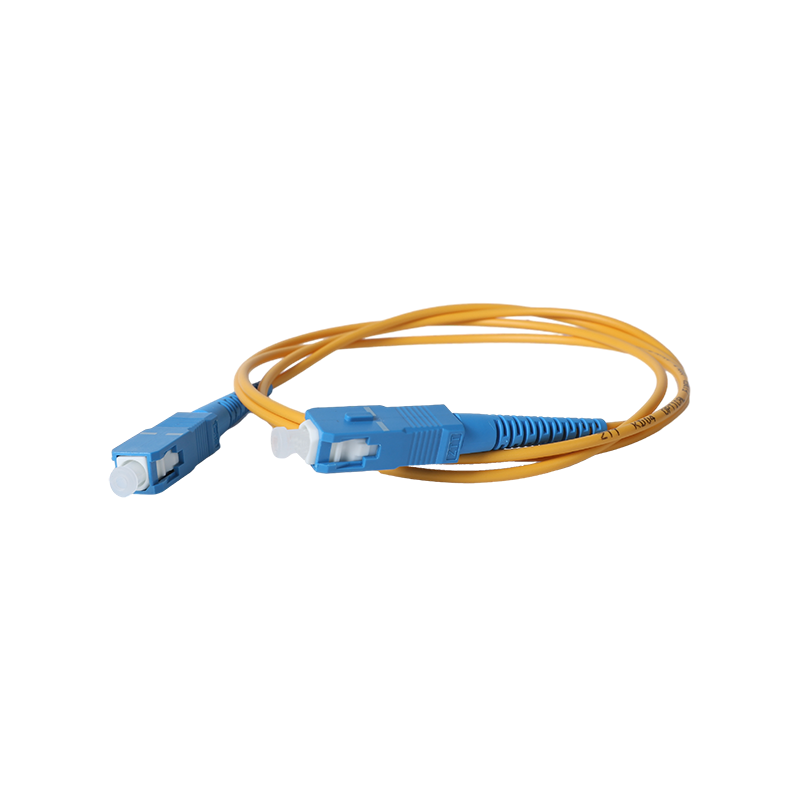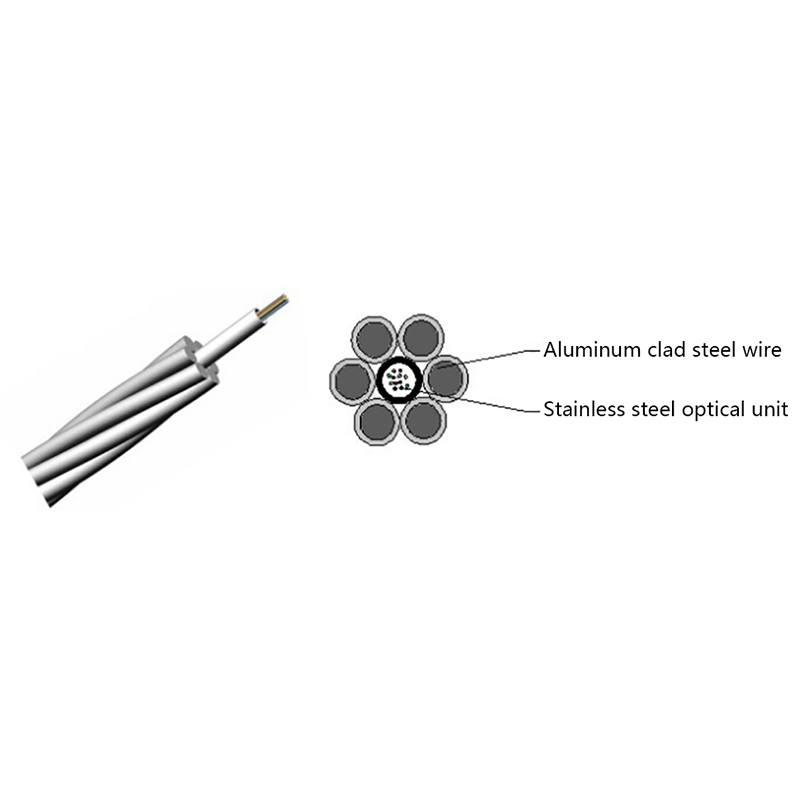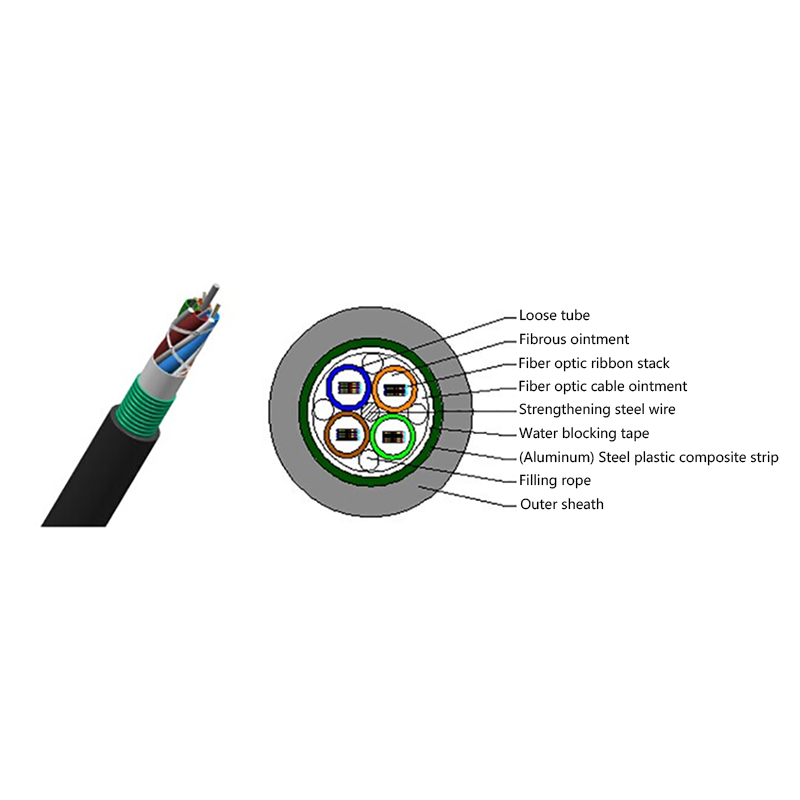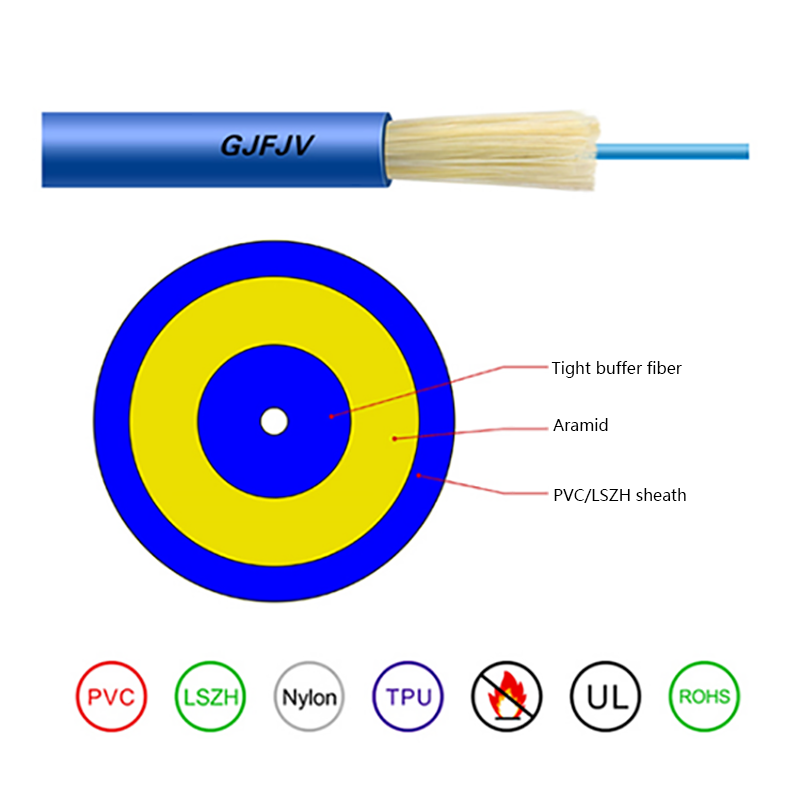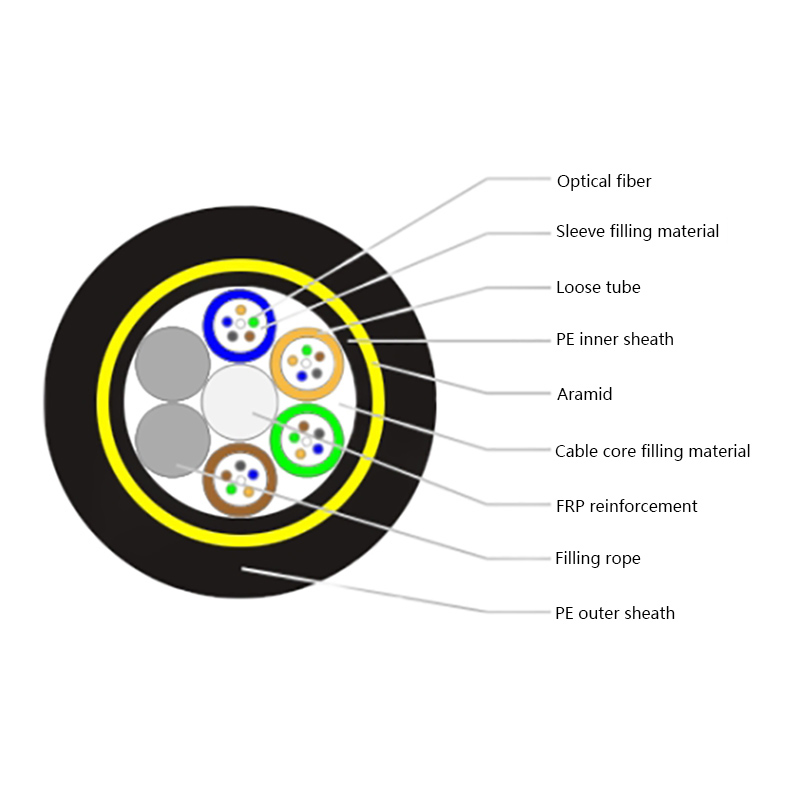Why Fiber Optic Cables Are the Uncontested Future of Internet Connectivity
In an increasingly digital world, a reliable and fast internet connection has shifted from a luxury to an absolute necessity. Whether we’re working from home, streaming 4K content, attending virtual classes, or gaming online, the infrastructure behind our internet connection directly impacts our daily experience. While most of us are familiar with terms like cable or DSL, a superior technology has been steadily expanding its reach: fiber optic internet. But what exactly makes this technology so much better? The answer lies in a fundamental difference in how data is transmitted, leading to unparalleled advantages in speed, reliability, and capacity.
This article will demystify fiber optic technology, break down its key benefits over traditional copper cables, and explore why it is considered the definitive future-proof internet solution for homes and businesses alike.
The Fundamental Difference: Light vs. Electricity
To understand why fiber is superior, we must first look at how it works compared to traditional options.
Copper Cable (DSL/Cable): These traditional internet types use electrical currents to transmit data. A copper wire sends pulses of electricity which represent the binary 1s and 0s of digital information. This method has inherent limitations. Electrical signals degrade over long distances, are susceptible to electromagnetic interference from power lines or other devices, and have a much lower maximum bandwidth capacity.
Fiber Optic Cable: Instead of electricity, fiber optic technology uses light. A fiber optic cable contains incredibly thin strands of pure glass, each about the diameter of a human hair. Data is transmitted as pulses of light generated by a laser or LED, traveling through these glass strands. The light reflects off the inner walls of the glass fiber in a process called total internal reflection, allowing it to travel incredible distances with minimal signal loss.
This core difference—transmitting with light instead of electricity—is the foundation for every advantage that fiber internet provides.
Unmatched Speed and Bandwidth
The most touted benefit of fiber optic internet is its incredible speed. When we talk about internet speed, we’re really discussing two metrics:
Bandwidth: The maximum amount of data that can be transferred over your connection at one time. Think of it as the number of lanes on a highway.
Latency: The delay before a transfer of data begins following an instruction. Think of it as the time it takes for a car to enter the highway after getting the green light.
Fiber excels at both.
Symmetrical Speeds: One of the most significant advantages of fiber internet is its ability to offer symmetrical upload and download speeds. Traditional cable internet often provides fast download speeds but significantly slower upload speeds. This is because most of its bandwidth is allocated for downloading content. With fiber, the capacity is so vast that providers can easily offer matching upload and download rates (e.g., 500 Mbps upload and download).
This is a game-changer for:
Remote workers who need to upload large files to cloud servers or company databases.
Content creators uploading high-resolution videos to YouTube or Vimeo.
Anyone using cloud backup services or live video conferencing with screen sharing.
Handling High-Bandwidth Usage: The modern household is a hub of digital activity. It’s not uncommon for one family member to be streaming a movie in 4K, another to be in a competitive online game, while others are on video calls and browsing social media. This high-bandwidth internet demand can cripple a traditional copper connection, causing buffering, lag, and frustration.
The immense bandwidth capacity of a single fiber strand can effortlessly handle dozens of devices simultaneously without any drop in performance. It truly enables a smart home ecosystem where everything from phones and TVs to thermostats and security cameras can operate online without competing for bandwidth.

Superior Reliability and Consistency
Speed is nothing without consistency. This is another area where fiber connectivity dramatically outperforms its predecessors.
Immunity to Environmental Interference: Copper cables are essentially long, sophisticated antennas. They are susceptible to electromagnetic interference (EMI) from nearby power lines, microwaves, radios, and even severe weather. This interference can cause slowdowns, packet loss, and occasional outages.
Fiber optic cables, being made of glass, are immune to EMI. A thunderstorm or a neighbor running a powerful appliance will have zero effect on your connection quality. This leads to a more stable and consistent internet experience, which is crucial for critical applications like work-from-home jobs or smart home security systems.
Less Signal Degradation: As an electrical signal travels through a copper wire, it weakens the further it has to go. This is why DSL users far from their provider’s central hub experience much slower speeds. The light pulses in a fiber optic cable, however, can travel for miles without significant loss of signal strength. This allows for more consistent speeds regardless of your physical distance from the provider’s infrastructure, providing a reliable internet connection for a wider geographic area.
Enhanced Security for Your Data
In an age of increasing cyber threats, the physical security of your data transmission is a valuable feature. Tapping a copper cable without detection is possible; the electromagnetic fields it generates can be intercepted with the right equipment.
Tapping a fiber optic cable, however, is incredibly difficult and easily detectable. Any attempt to tap into the cable to intercept data transmissions would require physically bending the cable, which causes light to leak out and alerts network administrators to a breach attempt. This inherent physical security makes fiber optic technology the medium of choice for government, financial, and medical institutions that handle sensitive data.
Future-Proofing Our Digital Infrastructure
Perhaps the most compelling argument for fiber optic internet is its longevity and scalability. The thirst for faster internet and more data is not going to slow down. Emerging technologies like virtual reality (VR), augmented reality (AR), 8K video streaming, and the ever-expanding Internet of Things (IoT) will demand connections that copper cables are physically incapable of providing.
We are already seeing the limitations of copper with the rollout of multi-gigabit internet plans. Fiber optics, however, are just getting started. The current technology we use in fiber to the home (FTTH) installations is only a fraction of what a single strand of glass is theoretically capable of supporting. By simply upgrading the light-producing equipment at either end of the cable, providers can dramatically increase speeds on the existing fiber network without the monumental cost of replacing the physical cables again. This makes it the ultimate future-proof internet solution, protecting infrastructure investments for decades to come.
Addressing the Considerations: Cost and Availability
It would be disingenuous to discuss the benefits of fiber internet without acknowledging its two main hurdles: availability and installation cost.
Availability: The process of laying new fiber optic infrastructure is extensive and expensive. It involves digging trenches, stringing cables on poles, and installing new equipment. Consequently, fiber availability is often concentrated in urban and suburban areas, though expansion into rural communities is steadily increasing through government initiatives and private investment. Checking for fiber internet providers near me is the first step to seeing if you can access this service.
Initial Cost: The monthly subscription for a fiber plan is often competitive with or only slightly higher than top-tier cable plans. However, the initial installation, especially if your home needs to be connected from the street, can sometimes involve an upfront fee. Many providers waive this fee as a promotion for new customers. It’s important to view any potential installation cost as a long-term investment in your home’s connectivity and value.
The Bottom Line: Is Fiber Optic Internet Worth It?
The question is not just “Why is fiber better?” but “What value does that superiority bring to my life?”
If your internet usage consists solely of checking email and light web browsing, a basic cable or DSL connection might seem sufficient. However, the definition of “sufficient” is changing rapidly. The shift to cloud-based computing, the rise of telemedicine, the normalization of remote work, and the entertainment value of seamless 4K streaming are all pushing the limits of older technologies.
Fiber optic internet is not an incremental upgrade; it’s a foundational leap. It provides:
Blazing-fast, symmetrical speeds that eliminate waiting.
Rock-solid reliability that doesn’t falter during a storm or peak usage hours.
Massive bandwidth that supports every device in your home, both today and tomorrow.
A future-proof pathway for the next generation of digital applications.
While the rollout of this advanced internet infrastructure continues, one thing is clear: for a society that depends on instant, uninterrupted digital access, fiber optic cables are not just better—they are essential. They are quietly building the backbone of our connected future, one light pulse at a time.



 English
English русский
русский Español
Español عربى
عربى 中文简体
中文简体


